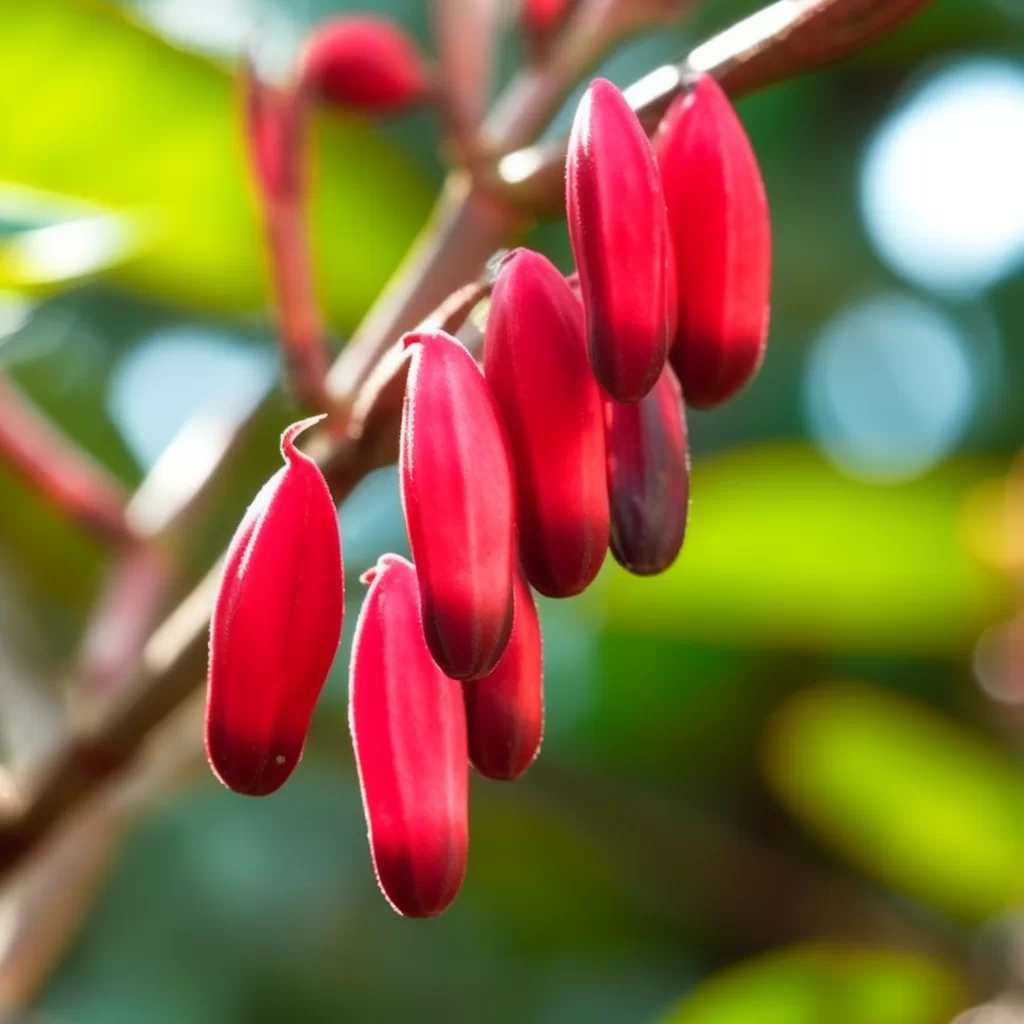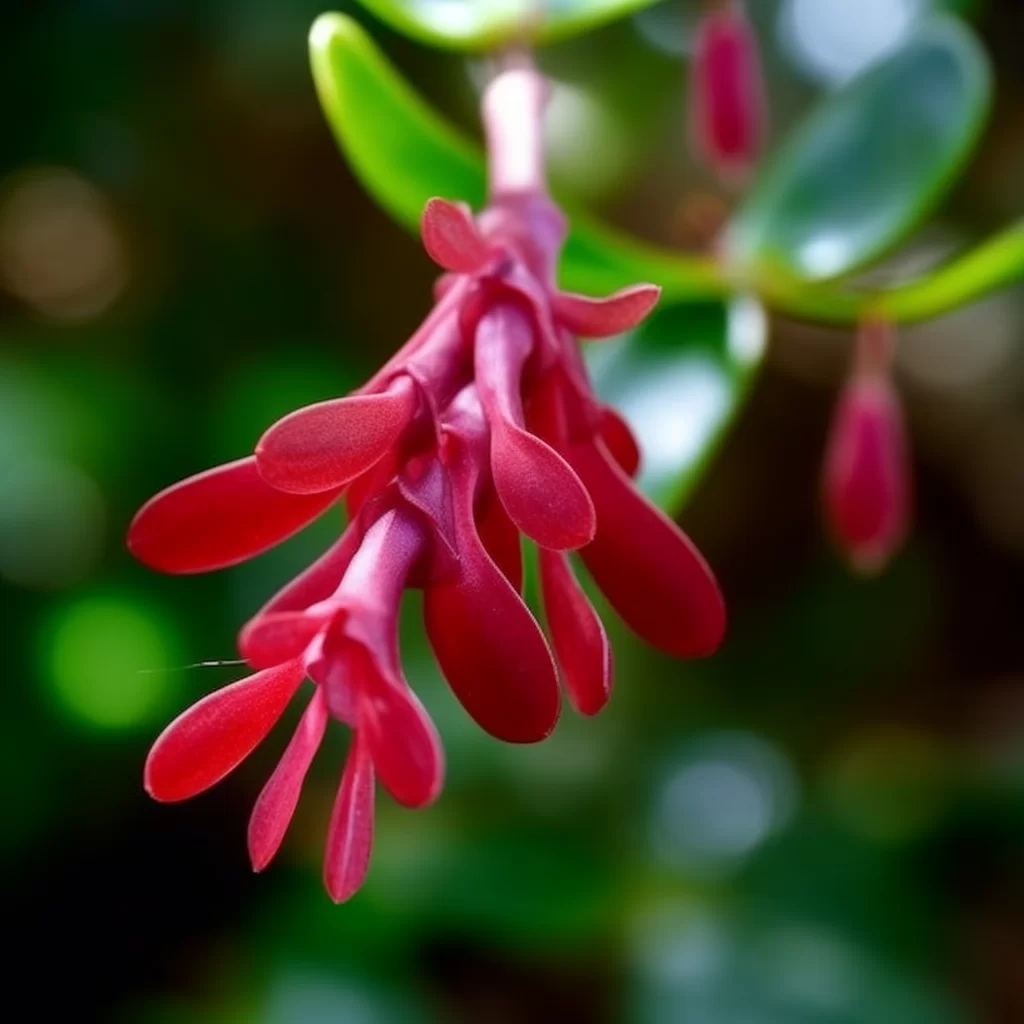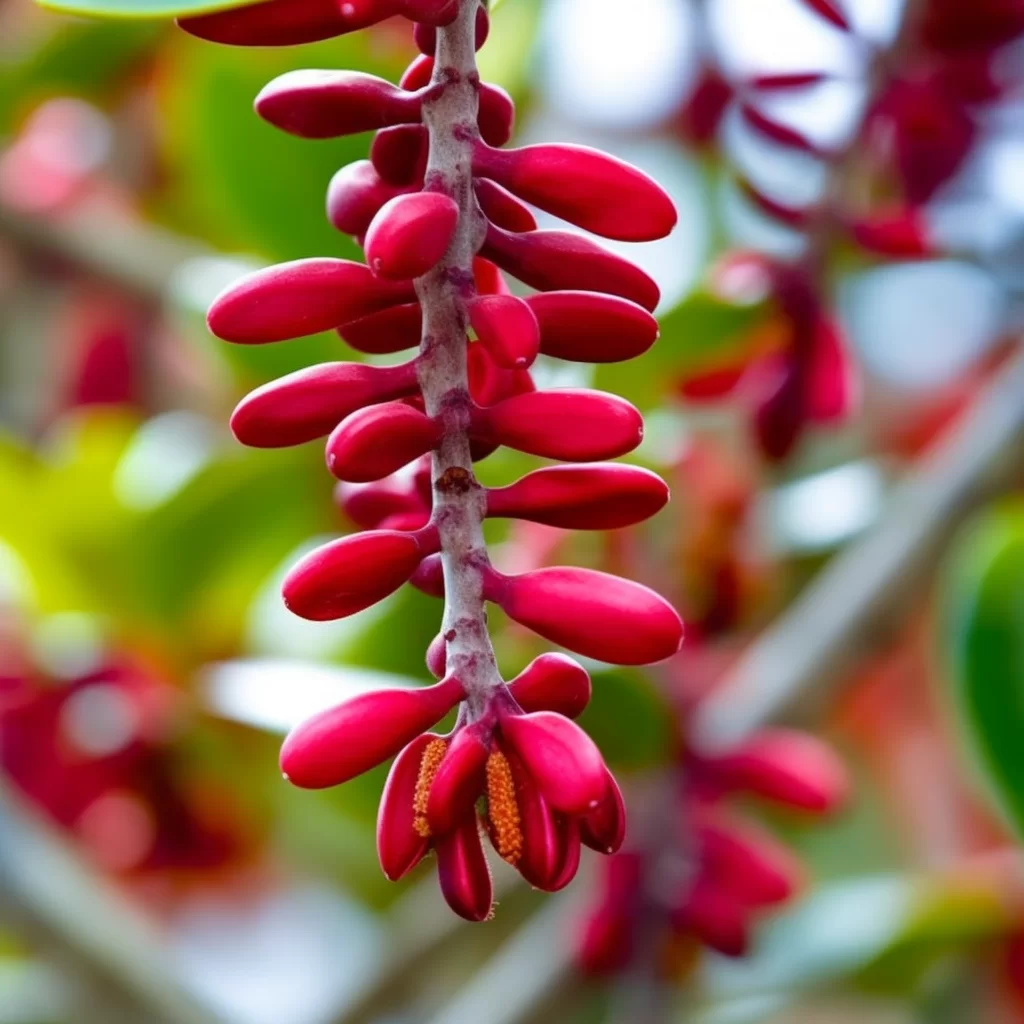Story of Day :
Contents
The Rubra Wax Plant: Your Complete Guide and Care Tips
If you’re searching for a houseplant that is not only gorgeous but also easy to maintain, then the rubra wax plant might be the one for you.
This stunning tropical plant boasts shiny foliage and charming pink blooms that will undoubtedly brighten up your indoor space.
With a little bit of care and attention, this plant can thrive in your home for years to come.To ensure that your rubra wax plant stays healthy and happy, it’s crucial to provide it with the right growing conditions.
These include bright but filtered light, well-draining soil, and adequate moisture levels.
Additionally, regular pruning can help keep the plant looking neat while promoting new growth.
Overall, if you’re looking for an elegant yet straightforward way to add some greenery to your home décor scheme, the rubra wax plant is an excellent choice!
What is a Rubra Wax Plant?
The rubra wax plant, also known as Hoya carnosa ‘Rubra’, is a stunning perennial succulent that hails from Southeast Asia, Australia, and Polynesia.
It’s a member of the Apocynaceae family and is closely related to some of our favorite indoor plants like the string of pearls and peace lily.
The rubra wax plant has earned its name due to its unique waxy leaves that exude a beautiful reddish hue.
 This lovely species is easy to care for and makes an excellent addition to any indoor garden or collection.
This lovely species is easy to care for and makes an excellent addition to any indoor garden or collection.
With its vibrant foliage and delicate flowers, it’s perfect for brightening up your living space with natural beauty all year round.
Whether you’re an experienced gardener or just starting out with houseplants, the rubra wax plant is sure to impress both you and your guests with its unique features!
The rubra variety of Hoya plant is known for its vibrant reddish-pink flowers that cluster together beautifully.
The star-shaped flowers are delicately textured, with waxy petals that add to their unique appearance.
Apart from its striking visual appeal, the plant’s tough and glossy leaves are excellent at storing water for extended periods.
This feature makes the rubra Hoya a low-maintenance houseplant suitable for those who tend to forget watering their plants frequently.If you’re looking for an indoor plant that can survive occasional negligence when it comes to watering, the rubra Hoya could be a perfect choice.
Not only does it have stunning flowers but its thick foliage also helps retain moisture in challenging conditions.
Additionally, this species can be propagated easily by stem cutting and thrives in bright indirect light or partial shade making it an excellent addition to any home décor scheme or office setting alike!
Caring for Your Rubra Wax Plant

Rubra wax plants might appear fragile when you first set your eyes on them, but don’t be fooled by their delicate appearance.
These plants are actually quite robust once they have been established.
They are an excellent option for novice gardeners who want to add some greenery to their spaces without having to worry about constant maintenance.
With proper care, rubra wax plants can thrive and enhance the beauty of any living space.To keep your rubra wax plant healthy, there are a few things you should keep in mind.
First, make sure that the soil is well-draining and not waterlogged as this can lead to root rot.
Secondly, place your plant in a location where it will receive indirect sunlight or bright but filtered light for at least six hours every day.
Lastly, avoid direct exposure to cold or hot air drafts which can cause stress and harm your plant’s growth potential.
By following these simple rules of thumb, you’ll enjoy watching your rubra wax plant grow into a beautiful addition to your home decor or garden area!
Lighting
- Your rubra wax plant prefers bright but indirect sunlight – too much direct light can scorch its leaves.
- A north or east-facing window is usually best – south or west-facing windows may be too intense unless filtered by sheer curtains or blinds.
- If natural light isn’t available in your space, fluorescent grow lights can work well too – just make sure to keep them 6-12 inches away from the plant.
Watering
- Allow the soil to dry out almost completely between waterings – your rubra wax plant is drought-tolerant and can handle being slightly underwatered.
- When you do water, give it a good soak and let any excess drain out of the bottom of the pot – never let your plant sit in standing water as this can lead to rot.
- In general, aim for watering about once every 1-2 weeks (less in winter when growth slows down).

Fertilizing
- Your rubra wax plant doesn’t need much fertilizer – in fact, over-fertilizing can harm it.
Generally, feeding it once every 2-4 months with a balanced liquid houseplant fertilizer should be enough.
- Avoid fertilizing during winter or when your plant is not actively growing.
Potting and Repotting
- Rubra wax plants prefer well-draining soil that’s rich in organic matter.
A mix of regular potting soil, perlite or sand, and peat moss or coconut coir works well.
- When repotting (usually every 1-2 years), choose a pot that’s only slightly larger than its current one as these plants like to be root-bound.
Be gentle with the roots when transplanting!
Troubleshooting common issues involves identifying and resolving problems that often occur in various systems.
This process aims to fix errors that hinder the normal functioning of devices, software, or machines.
Some of these issues may include connection problems, software conflicts, slow response time, and hardware malfunctions.
Troubleshooting techniques involve analyzing the root cause of the problem and determining the appropriate way to rectify it.One important aspect of troubleshooting involves keeping up-to-date with technological advancements to find new ways to solve various system issues.
For instance, there are different tools available online that help users diagnose a range of computer-related problems quickly and efficiently.
Additionally, seeking help from experts in different fields can also provide valuable insights into solving common issues related to specific systems or machines.
An effective troubleshooting strategy can save time and money while ensuring efficiency in operations as well as minimizing downtime due to unexpected failures or glitches.
 Overall, troubleshooting helps people identify problems with their devices or systems quickly and find appropriate solutions for them without causing further damage or delays in operations.
Overall, troubleshooting helps people identify problems with their devices or systems quickly and find appropriate solutions for them without causing further damage or delays in operations.
It is an essential skill for anyone who uses technology daily since technical hitches are inevitable at some point during use; thus regular maintenance checks coupled with an updated knowledge base is necessary for keeping technology running smoothly over long periods of use throughout its lifecycle
If you happen to spot any unusual signs on the leaves of your rubra wax plant, it’s essential to take prompt action.
These symptoms could manifest as spots, discoloration, yellowing, curling or wilting of the leaves.
Such indications may be indicative of various issues such as pest infestations, nutrient deficiencies, overwatering or exposure to too much sunlight.It’s vital to identify the root cause of these symptoms and address them accordingly so that your plant can thrive.
Depending on the issue at hand, solutions may include applying insecticides or fungicides if pests are present.
You might also need to adjust watering frequency and improve drainage if overwatering is an issue while supplementing nutrients via fertilizers will help with nutrient deficiencies.
By being observant and taking steps early enough when you notice problems in your rubra wax plant’s leaves can save you from losing your precious foliage altogether!
- Brown tips: This could mean underwatering or low humidity.
Increase watering frequency or mist leaves regularly.
Yellowing leaves: Overwatering, poor drainage, or root rot could be the cause.
Cut back on watering and make sure your pot has drainage holes.
Insect damage: Look for signs of mealybugs, spider mites or scale insects on the undersides of leaves.
Use a natural insecticide like neem oil to treat.
The Bottom Line
Rubra wax plants are a fantastic choice for those looking to add some greenery and color to their homes.
These plants boast glossy leaves and eye-catching flowers, making them an attractive addition to any room.
Not only are they visually appealing, but they also require minimal maintenance.
With the right care and attention, these low-maintenance houseplants can flourish for years.If you want your rubra wax plant to thrive, it’s important to provide it with bright but indirect light and avoid over-fertilizing.
Additionally, make sure to let the soil dry out between watering sessions before adding more water – this will prevent root rot from setting in.
Finally, only repot your plant when necessary; too much disturbance can cause stress that could hinder its growth.
Taking these simple steps will ensure your rubra plant stays healthy and beautiful for years to come!